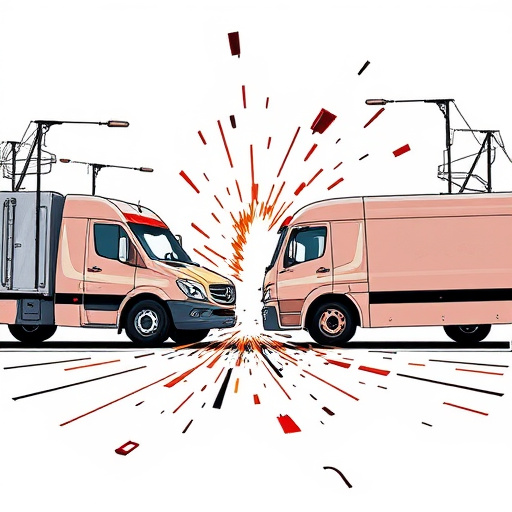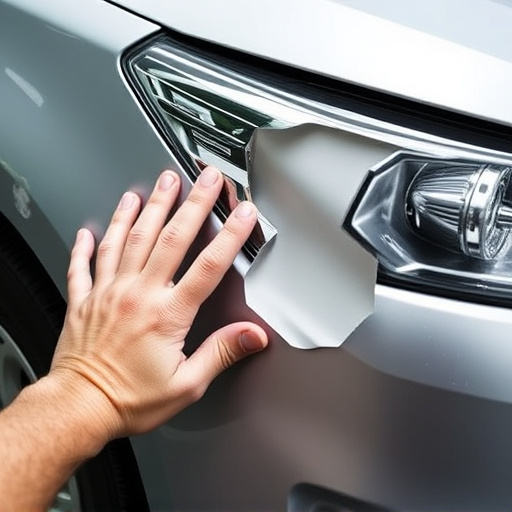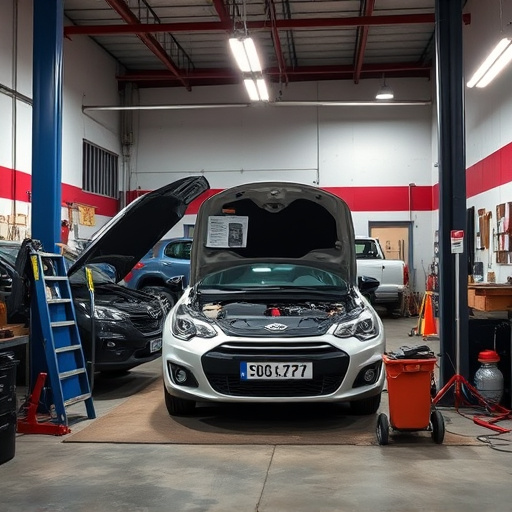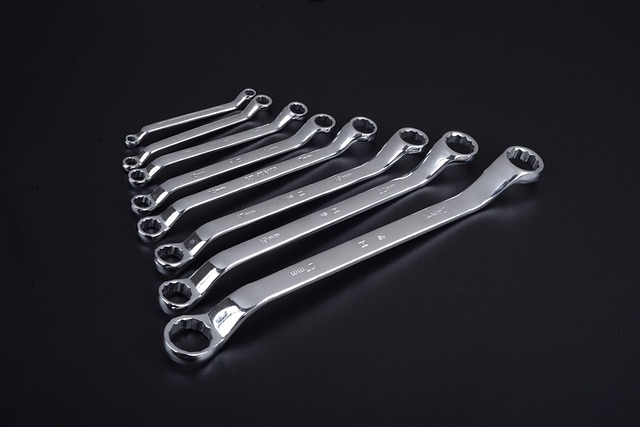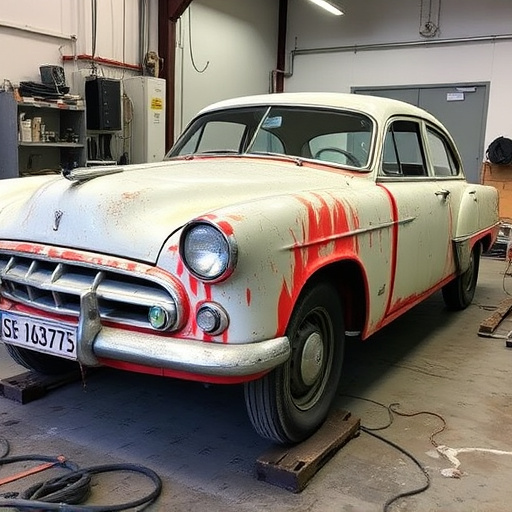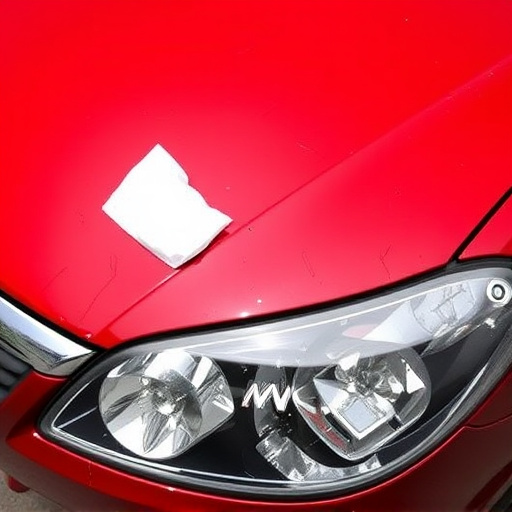Automotive shops, especially those handling complex repairs like Mercedes-Benz collision repair, heavily rely on photo repair documentation service. This involves detailed visual recording and notes to track progress and ensure industry standards. Key file formats are JPEG for high-quality images and PDF for comprehensive digital reports containing text, images, and video. Best practices include high-resolution imaging with labels, standardized processes tailored to services like automotive restoration, and regular training on documentation protocols to maintain thoroughness and professionalism.
In the realm of professional photo repair services, efficient documentation is key. This comprehensive guide delves into the essential aspects of repairing and preserving valuable images. We explore the art of documenting each step of the repair process, ensuring a clear trail for future reference. By understanding the common file formats used, you can effectively manage digital repairs, maintain high-quality standards, and deliver exceptional services. Discover best practices to streamline your workflow and elevate your repair documentation service.
- Understanding Photo Repair Documentation
- Common File Formats for Repair Service
- Best Practices for Effective Documentation
Understanding Photo Repair Documentation
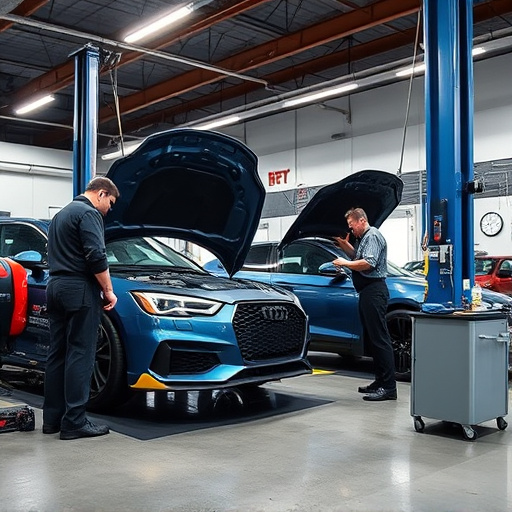
Photo repair documentation is a critical process that involves creating detailed records of a vehicle’s condition before and after repairs, particularly in cases of damage or accidents. This service ensures that both the owner and the automotive repair shop have a clear understanding of the work performed and the restoration process. By documenting every aspect, from minor scratches to significant structural issues, like those seen in a Mercedes-Benz collision repair, shops can provide transparent reports, facilitating better communication and customer satisfaction.
For example, in an automotive repair service, comprehensive documentation aids in tracking progress, identifying potential challenges, and ensuring the final result aligns with industry standards. It’s not just about capturing before-and-after images; it involves meticulous note-taking, detailing every step taken during restoration. This becomes especially valuable for complex cases, such as a car body shop dealing with intricate Mercedes Benz collision repair, where precise documentation can make all the difference in achieving a factory-like finish.
Common File Formats for Repair Service
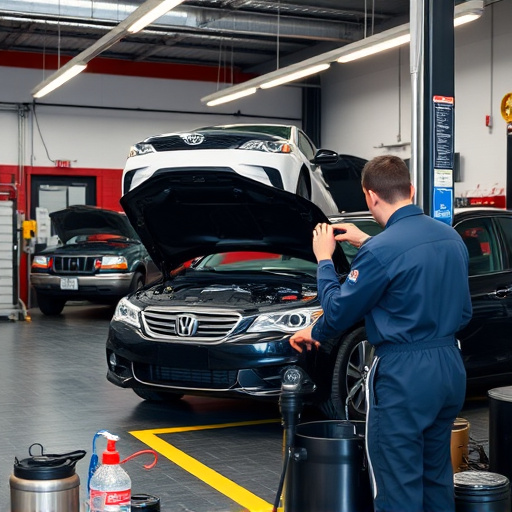
In the realm of repair documentation service, several file formats have gained prominence due to their efficiency and compatibility across various platforms. JPEG (Joint Photographic Experts Group) is a ubiquitous choice for documenting visual aspects of vehicle repair, offering high-quality compression with minimal loss in image clarity. This format is especially useful for sharing detailed photos between clients and auto repair near me specialists or collision repair shops.
Another commonly used file type is PDF (Portable Document Format), ideal for creating comprehensive digital reports that include text, images, and even video. Its cross-platform compatibility ensures seamless viewing on different devices, making it a go-to format for sharing vehicle repair documentation with clients or submitting claims to insurance companies. Unlike other formats, PDFs maintain layout integrity, ensuring all repair details are presented accurately, regardless of the screen resolution or device used. This is particularly beneficial for detailed collision repair shop work, where every minutia needs to be clearly documented and easily accessible.
Best Practices for Effective Documentation
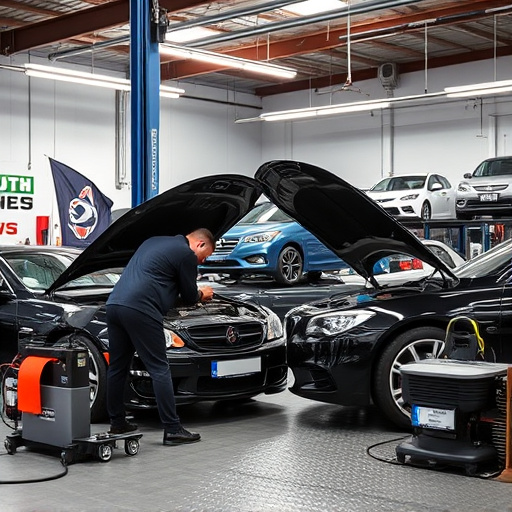
Effective documentation is a cornerstone of any successful repair documentation service. To ensure accuracy and transparency, it’s crucial to establish clear best practices. Firstly, utilize high-resolution images throughout the process, capturing detailed shots from various angles. This not only aids in precise analysis but also serves as invaluable historical records for future reference or insurance claims. Secondly, meticulously label each image with relevant information—dates, locations, and descriptions of defects or repairs—for easy retrieval and context.
Additionally, consider implementing a standardized documentation process tailored to specific services like automotive restoration or car body repair. This might involve creating checklists that guide technicians through the steps, ensuring no detail is missed. For instance, an auto repair near me service could have checklists for panel replacement, paint jobs, or mechanical repairs, allowing for consistency and facilitating efficient tracking of progress. Regular training on documentation protocols ensures all staff members are aligned, fostering a culture of thoroughness and professionalism.
In conclusion, effective repair documentation service relies on understanding the intricacies of photo repair and utilizing the right file formats. By adopting best practices, professionals can ensure comprehensive and accessible records, streamlining workflows and enhancing the overall quality of repair work. Choosing the appropriate file formats, as outlined in this article, is a vital step towards achieving meticulous and standardized repair documentation.

